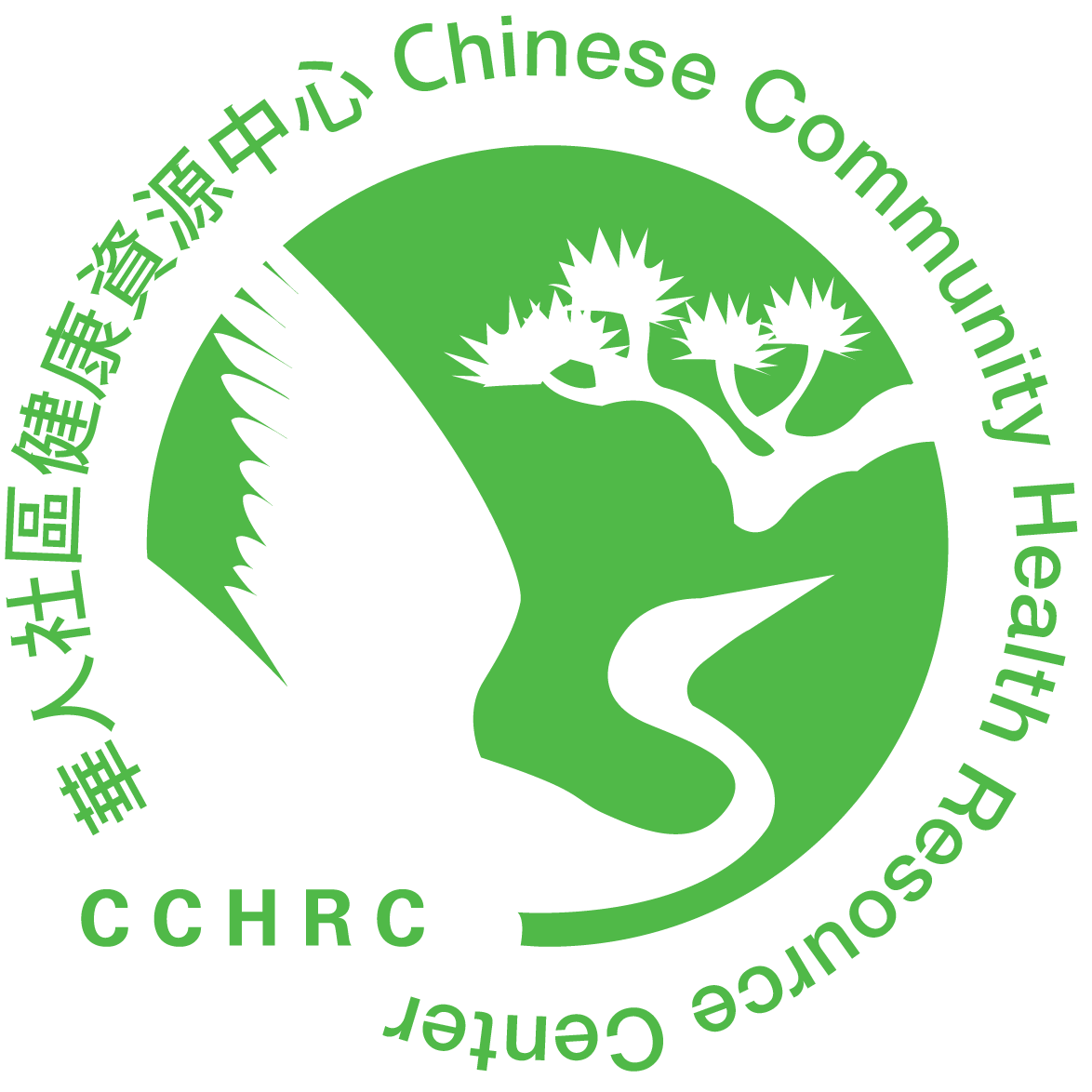What is Heart Failure?
Heart failure is a condition that occurs because the heart muscle is damaged or overworked. The term “heart failure” doesn’t mean that the heart is not working at all or has stopped beating. It just means that the heart is weakened by the damage, and it lacks the strength to keep blood circulating normally throughout the body.
How Does the Heart Work?
The heart is a muscle that pumps blood throughout the body. The right side of the heart pumps blood to the lungs. In the lungs, blood receives oxygen. The oxygen-rich blood travels back to the left side of the heart, where it is pumped to the brain, limbs, and other parts of the body. After the body uses up the oxygen in the blood, it sends the blood back to the right side of the heart and the process starts again.
What is Left-Sided and Right-Sided Heart Failure?
Heart failure can involve the left side of the heart, the right side, or both. However, it usually affects the left side first. Each side is made up of two chambers: the atrium, or upper chamber, and the ventricle, or lower chamber. The atrium receives blood into the heart, and the ventricle pumps it where it needs to go. Heart failure occurs when any of these chambers lose their ability to keep up with the amount of blood flow.
Left-sided Heart Failure
In left-sided heart failure, blood coming into the left chamber from the lungs may “back up”, causing fluid to leak into the lungs (also called pulmonary edema). As the heart’s ability to pump decreases, blood flow slows down, causing fluid to build up in tissues throughout the body (edema). This excess fluid or congestion explains the term congestive heart failure, which you’ve probably heard of before.
Right-sided Heart Failure
Right-sided heart failure usually occurs as a result of left-sided failure. When the left ventricle fails, increased fluid pressure is transferred back through the lungs, ultimately damaging the heart’s right side. When the right side loses pumping power, blood backs up into the body’s veins. This usually causes swelling in the legs and ankles.
Causes of Heart Failure may include:
- Coronary artery disease
- Past heart attacks (myocardial infarction)
- High blood pressure (hypertension)
- Abnormal heart valves
- Heart muscle disease (cardiomyopathy) or inflammation (myocarditis)
- Heart defects present at birth (congenital heart disease)
- Severe lung disease
- Diabetes
Possible Signs and Symptoms of Heart Failure
- Shortness of breath
- Persistent coughing or wheezing
- Swelling in the ankles, feet, legs or abdomen
- Lack of appetite, nausea
- Tiredness, fatigue
- Increased heart rate
- Confusion, impaired thinking
Diagnostic Tests may include:
- Chest X-ray
- Electrocardiogram (EKG or ECG)
- Blood tests
- Exercise stress test
- Echocardiography (echo): a type of ultrasound test that uses sound waves to examine the heart’s structure and motion. It can tell the doctor how thick the heart muscle is and how well the heart pumps.
- Nuclear medicine test: this test involves injecting a small amount of radioactive dye into a vein, then taking pictures of the heart as it pumps blood.
Treatment Options
Heart failure often cannot be cured due to the damage that has accumulated over time, but it can be managed by taking medications and making healthy changes in habits, such as diet and exercise. Successful treatment depends on your willingness to be involved in its management.
The most important treatment strategies are:
1. Medications: It is very important to follow the doctor’s instructions in taking the medications. The list below includes some of the most commonly used drugs to treat heart failure but not everyone needs to take all these medications:
ACE inhibitors (angiotensin-converting-enzyme inhibitors)
ACE inhibitors are considered first-choice drug therapy for the treatment of heart failure. They are a type of vasodilator, which causes the blood vessels to expand, thereby lowering blood pressure and reducing the heart’s workload. ACE inhibitors prevent the body from creating angiotensin, a substance in the blood that causes vessels to tighten and blood pressure to rise.
Common side effects may include dizziness, coughing, low blood pressure, and high potassium level.
Beta Blockers reduce the heart’s workload by slowing the heart rate and lowering the blood pressure. In heart failure, the heart tries to compensate for its weakened pumping action by beating faster, which puts more strain on it.
Side effects may include dizziness, low blood pressure, slow heart rate, and more fluid buildup in the body.
Diuretics (water pills) work by helping the body get rid of extra fluid. Less fluid in the lungs makes breathing easier. Less fluid also means less swelling in other parts of the body, such as the ankles and legs. It is very important to have your weight measured daily in order to adjust the dose of the diuretic based on weight gain or loss due to fluid.
Some types of diuretics also remove potassium from the body. The blood potassium level should be checked periodically to make sure that it is within the normal range. People taking these medications may need to eat foods high in potassium (such as banana, apricot, cantaloupe, honeydew melon, grapefruit, orange, tomato, broccoli, watercress, potato, sweet potato, spinach, bitter melon, etc.) or your doctor might prescribe a potassium supplement for you to maintain an appropriate level. Check with your doctor to see if this is appropriate for your condition.
Taking diuretics in the evening or at night often results in interrupted sleep, therefore, it is best to take it in the morning.
Digoxin improves heart function by increasing the force of the heart muscle contractions. Occasionally, a blood test is needed to check the digoxin level. A digoxin level that is too high can cause loss of appetite, nausea, vomiting, blurred or yellowed vision. Digoxin can also occasionally interfere with the normal heartbeat, causing irregular heartbeats or skipped beats. These side effects should be reported to the doctor immediately.
If you are taking both Digoxin and diuretic (water pills), you should have your blood tested at regular times to check potassium level and kidney function.
ARBs (Angiotensin Receptor Blockers)
ARBs appear to be free of significant side effects compared to ACE inhibitors. They may be used when ACE inhibitors cause side effects.
Common side effects may include dizziness, low blood pressure, or problems with kidney function and potassium level.
Aldosterone antagonists work by blocking the effects of a stress hormone called aldosterone (a substance which can worsen heart failure). Side effects may include breast enlargement and increased potassium level.
Blood thinners help prevent blood clots. People with heart failure are at risk of developing blood clots, which usually occur in the blood vessels of the legs, lungs, and heart. If these blood clots travel to blood vessels in the brain, blood flow to the brain will cut off, resulting in a stroke.
Side effects: Nosebleeds, bleeding gums, unusual bleeding while shaving, and easy bruising. It is important to report excess bruises and bleeding to your doctor right away.
2. Lifestyle changes: People with mild and moderate heart failure often can lead nearly normal lives if they change their lifestyles by:
-
- Quitting smoking
- Losing weight
- Avoiding or limiting caffeine
- Eating a low-fat, low-sodium diet
- Exercising regularly
- Reducing stress
- Keeping track of symptoms and reporting any changes to the doctor
- Avoiding alcohol or limiting it to one drink* two or three times a week
- Limiting fluid intake
- Weighing yourself regularly and reporting weight gain to your doctor
(* One drink equals 12 oz of beer or 5 oz of wine, or 1.5 oz hard liquor).
What You Need to Know About Your Diet
1. Limit Salt (Sodium) Intake:
Sodium restriction is the primary diet treatment for heart failure. Sodium causes the body to retain fluid, which causes weight gain and increases the heart’s workload.
Salt is the main source of sodium. For individuals with mild to moderate heart failure, the recommendation for sodium intake is 2,300 mg or less a day (about 1 teaspoon of salt). For severe heart failure, the more restrictive 1,500-2,000 mg sodium or less a day may be necessary.
Avoid high-sodium foods such as salt, soy sauce, fish sauce, oyster sauce, MSG, fermented black beans, chili sauce, bean paste, shrimp paste, fermented bean curd, ham, sausage, preserved meats, salted fish, instant noodles, and canned foods.
The use of salt substitutes should be discussed with your physician. Salt substitutes generally contain potassium, which can result in excess potassium intake.
2. Limit Fluid Intake:
Recommended daily fluid intake for severe heart failure is 1,000 to 2,000 ml (4 to 8 cups, 240 ml per cup) or less. In general, fluid is to be limited to less than 8 cups per day (less than 2,000 ml). This includes any liquids (water, juice, soup, sauce, etc.) and foods with a high-water content (cooked cereal, jello, ice cream, pudding, yogurt, some fruits and vegetables, etc.).
Talk with your doctor about how much liquid to drink every day.
Importance of Checking Daily Weight
Weigh yourself at the same time each morning, preferably before breakfast and after urinating. Notify your doctor if you gain two or more pounds in one day, three or more pounds in one week, or whatever amount you were told to report.
When to Call the Doctor
Contact your doctor right away if any of these warning signs appear:
- Sudden weight gain, as mentioned above
- Shortness of breath not related to exercise or exertion
- Increase in swelling of the lower limbs (legs or ankles)
- Swelling or pain in the abdomen
- Trouble sleeping due to waking up with shortness of breath or using more pillows
- Frequent dry, hacking cough
- Increased fatigue
Copyright © 2005-2022 Chinese Community Health Resource Center
If you would like a copy of this health article, please click on the PDF button in the language you prefer. To view the PDF document, you’ll need Adobe Acrobat, which you can download here.
Bilingual:




